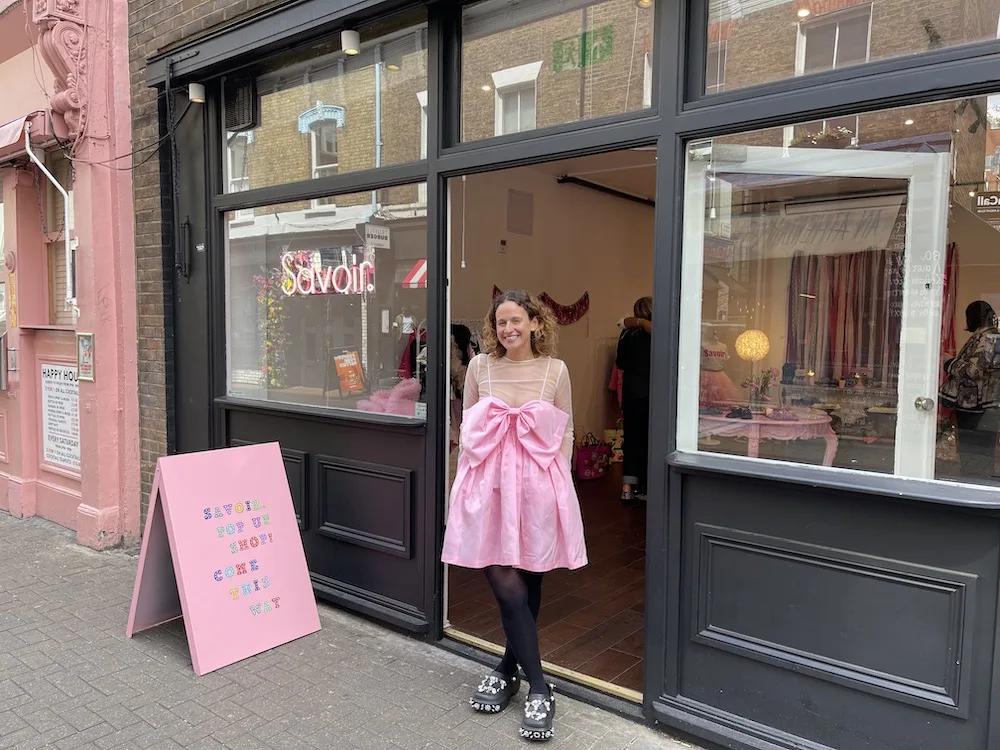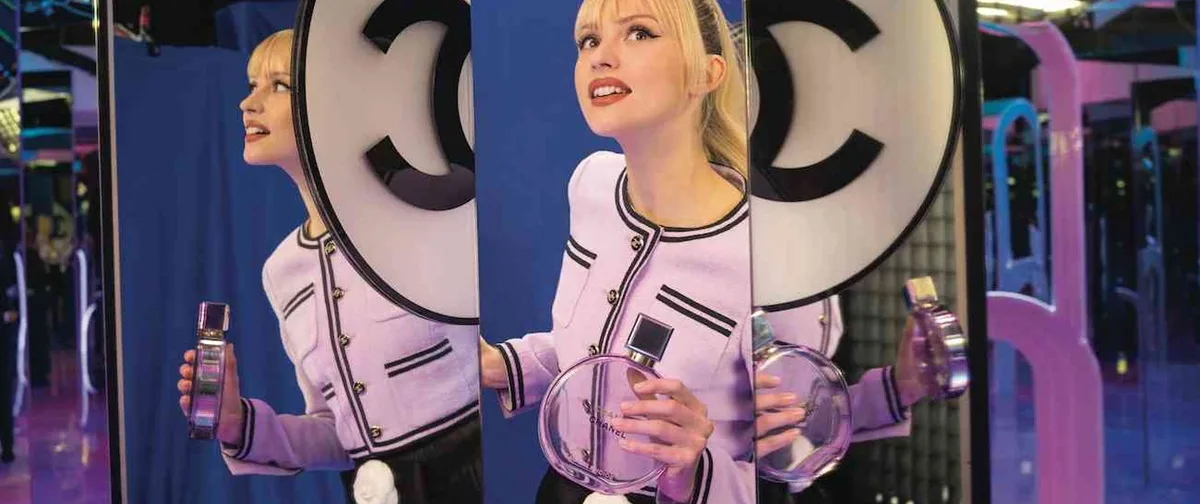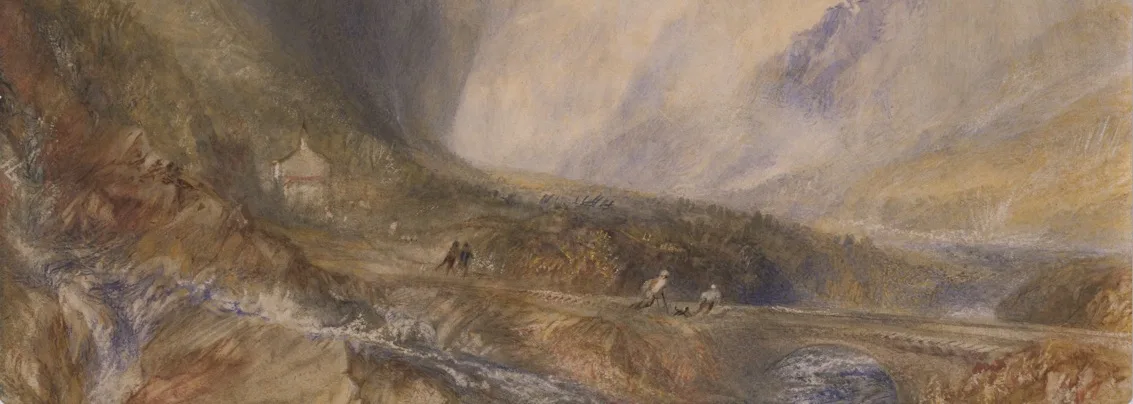Tate Modern, in collaboration with Lenbachhaus Munich, has curated an exhibition that stands as a true testament to The Blue Rider (Der Blaue Reiter), a movement key to the development of German expression. Revolving around Wassily Kandinsky and Gabriele Münter, this group of artists also encouraged, nurtured, and expanded the movement of abstract painting in modern art throughout the 20th century.
The Blue Rider intended to create a modern spiritual form of art, hoping for it to surpass the constraints of representation. They published their ground-breaking Almanac in 1912, edited by Kandinsky and Marc, and stage key exhibitions in 1911 and 1912. They wanted to bring together artists from all parts of the world, proclaiming that “Art knows no borders of nations, only humanity.”
Visitors to the exhibition will be greeted by a group of vibrant portraits and self-portraits from pre-First World War Munich, where Kandinsky and Münter resided, a time of hustle and bustle for artistic lovers, that allowed for a variety of cultures to amalgamate.


Gabriele Münter’s Portrait of Marianne von Werefkin and Listening (Portrait of Jawlensky), both from 1909. Lenbachhaus Munich, Donation of Gabriele Münter, 1957 © DACS 2023.
Münter’s innovative style can be appreciated through paintings such as Listening (Portrait of Jawlensky), 1909. She stood out by her honest depiction of humanity, her works always infused with a certain sense of intimacy. The simplicity of her paintings is capitalised by the use of energetic colour. With this technique, the artist is encouraging viewers to appreciate an image at face value, suggesting not all art must have a definite meaning. Erma Bossi’s evocative Circus, 1909 is an an action-filled scene bursting with colour.
Kandinsky too is in favour of vibrant colours as conveyors of emotion, such as in his painting Johannisstrasse from a window of the Griesbrau. There is an ambiguity behind his work that encourages individuals to delve more introspectively into their own psyche, discovering thoughts from beyond.
In Murnau Farmer’s wife with children, Münter tactfully chooses an alternative colour palette to depict an image of a distressed mother with her children.

Münter and Kandinsky’s art reflecting their spell in Munich is contrasted to a slower time in Murnau, a rural town where they resided in 1909. They fell in love with the idyllic landscape and began to collect Barvarian folk art. It is here that they embarked onto a new approach in both abstract and figurative painting, represented in the show by works such as Munter’s Murnau Farmer’s wife with children. The bright pink and yellow colours used on the younger child gives her almost an angelic look, emphasising her innocence. As opposed to the mother with sunken cheeks and dark colours. The middle child does not have a look of naivety but a look of knowing, as if she is aware of her mother’s distress.
Meanwhile, other artists such as Franz Marc explored the natural world, with works such as Tiger and Cows, Yellow-Red-Green, both from 1912.


Franz Marc’s, Cows, Red, Green, Yellow, 1911, Lenbachhaus Munich; and Tiger, 1912. Lenbachhaus Munich, Donation of the Bernhard and Elly Koehler Foundation,1965.
Other rooms in the exhibition allow visitors to share the fascination of modernism with colour, sound and light through very different works, such as Kandinsky’s Impression III (Concert), 1911, derived from his interest in synaesthesia; and Franz Marc’s 1911 Deer in the snow II, which is experienced optically whilst surveying the colour theory.
The show finishes by explaining how The Blue Rider group ensured they would leave a mark in history, through manifestos, editorials, exhibitions and fostering relationships with museums and galleries.
Although the First World War led the group to disperse, it does not extinguish their significant impact on abstract art, expressionism, and modernism.
Expressionists: Kandinsky, Münter and the Blue Rider
Tate Modern, London
25 April – 20 October 2024
Book your tickets HERE.
Words: Cristina Mouchantaf
Opening image: Wassily Kandinsky, Cossacks, 1910-1. Tate, Presented by Mrs Hazel McKinley 1938. Photo © Tate (Madeleine Buddo).
Gabriele Münter, Murnau Farmer’s Wife with Children, 1909–1910. Lenbachhaus Munich, Donation of Gabriele Münter, 1957 © DACS 2024.

















Show Comments +